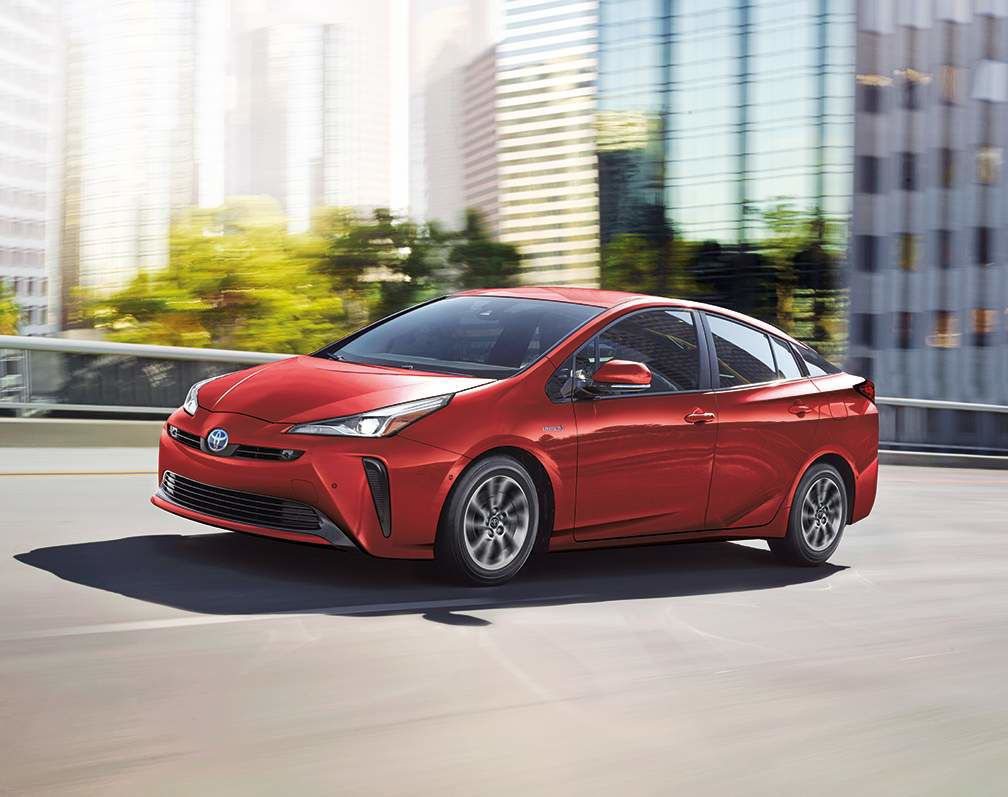Select a province & language
Entrance to this website assumes you have read and agree to these Legal Terms and Conditions and the Privacy Policy.
Entrance to this website assumes you have read and agree to these Legal Terms and Conditions and the Privacy Policy.
Horsepower refers to the power an engine produces. It’s calculated through the power needed to move 550 pounds one foot in one second or by the power needs to move 33,000 pounds one foot in one minute. The power is gauged by the rate it takes to do the work.

But ultimately understanding horsepower requires a trip back to the 1770s Scottish highlands and a look at boiling water, machinery and beer.
The term ‘horsepower’ was coined by Scottish inventor James Watt, who is often wrongly credited with inventing the steam engine, though he did improve the technology significantly.
How he arrived at the term ‘horsepower’ requires a bit of math, a bit of observation and a wee bit of obfuscation.
When Watt reimagined existing steam engine designs in 1776 to dramatically improve performance and improve fuel economy (they ran on coal, primarily), he needed a way to sell his new engine’s capabilities to a market still driven — figuratively and literally — by horses. So, he figured, what better way than to show how much better his engines were when compared with horse-driven machines, such as grain mills.
It is somewhat fitting that the same device that ushered in the industrial revolution also gave rise to a term we still use today.
The various calculations are generally of interest only to mathematicians, but some numbers are unavoidable. Watt chose a relationship between how much weight a horse can lift — while pulling a rope running through a pulley to a weight on the ground — one foot high in one second. Today, we say that a horsepower is equal to a horse lifting 550 pounds of weight a foot high in one second. That number is what Watt arrived at when he decided he needed to settle on a standard, given that horses vary in strength.
That may seem like a lot, but there are garage-door openers with more. The average homeowner’s garage door opener is 1/2 hp, but there are 1 hp and 2 hp models available.
Horsepower is a measurement of the rate at which work is done, and differs from torque, which is a measurement of the amount of force applied to do that work. In your Toyota’s engine, you can think of higher horsepower being the specification that will sustain a higher rate of work once moving, while torque is the figure that gets a car moving quickly.

In other words, engines high in horsepower but low in torque will feel less powerful from a stop than engines lower in horsepower but higher in torque. The higher horsepower engine will accelerate faster once at speed, however.
How does this translate into the figures you see in vehicle specifications? Well, first you have to understand the figures quoted refer to peak horsepower. For example, the 2020 Corolla SE with the six-speed manual delivers 169 horsepower at 6,600 rpm, or revolutions per minute of the engine. In other words, as the engine speed rises to 6,600 rpm, the horsepower it delivers rises to a peak of 169, then falls off slightly as engine speed rises further.

Horsepower is an important specification for buyers to consider, as it speaks directly to performance. For a given vehicle, an engine with more horsepower and more torque will accelerate more quickly — important for drivers who frequently use freeway on-ramps — and offer greater towing reliability. For the same vehicle, a lower-horsepower engine will offer greater fuel economy in exchange for more leisurely acceleration.
As for the reference to beer, legend states a brewer, one of Watt’s first customers for his steam engine, challenged the inventor to produce a machine as strong as a horse. The brewer chose the strongest horse he had and rode it as hard as he could. Watt’s resulting engine was even more powerful than the horse and it was the output of that engine that set the math in place for the horsepower.
Of course, in Watt’s day, a 5 hp steam engine would fill an entire room. Today, engines fifty times as powerful fit under your hood.